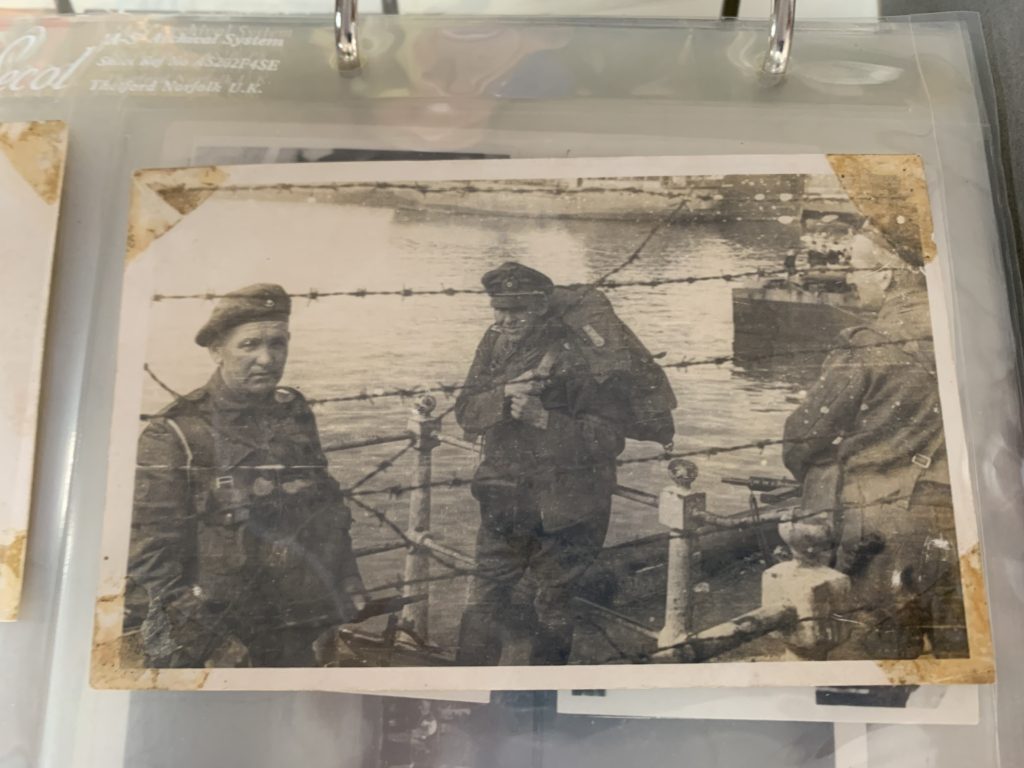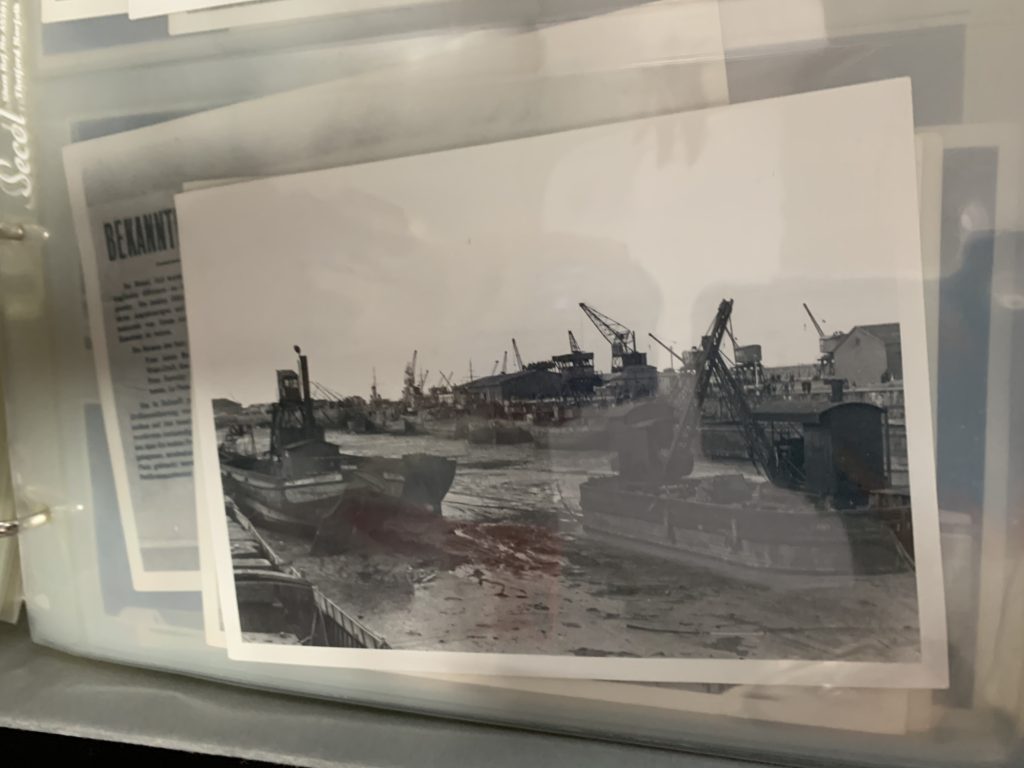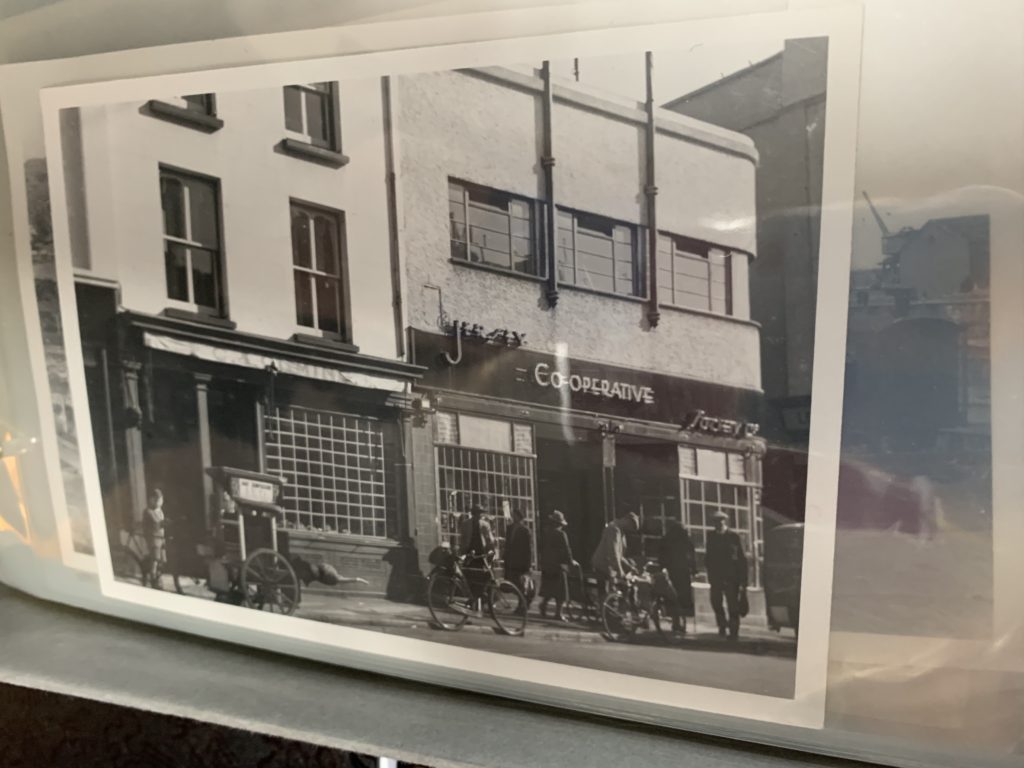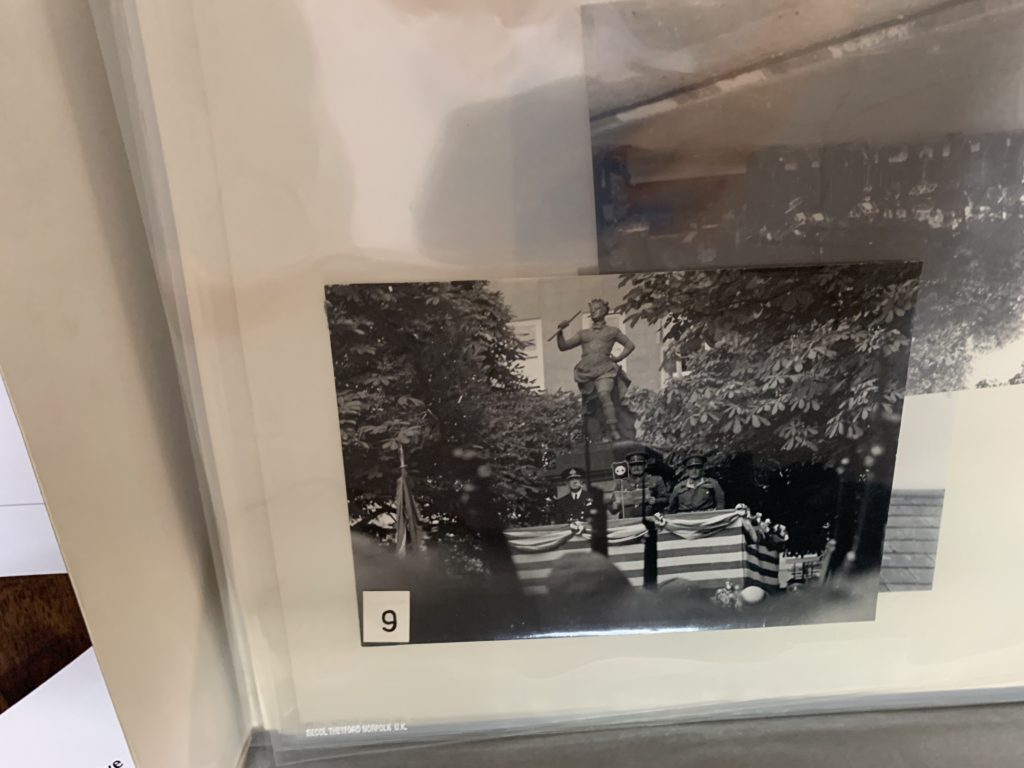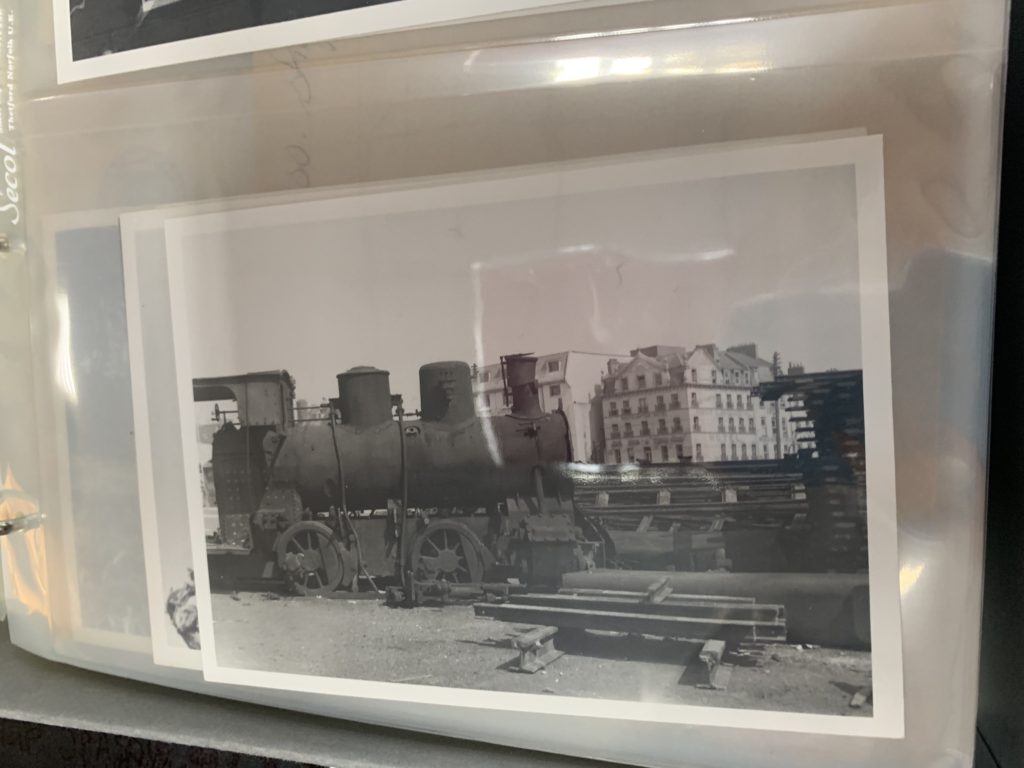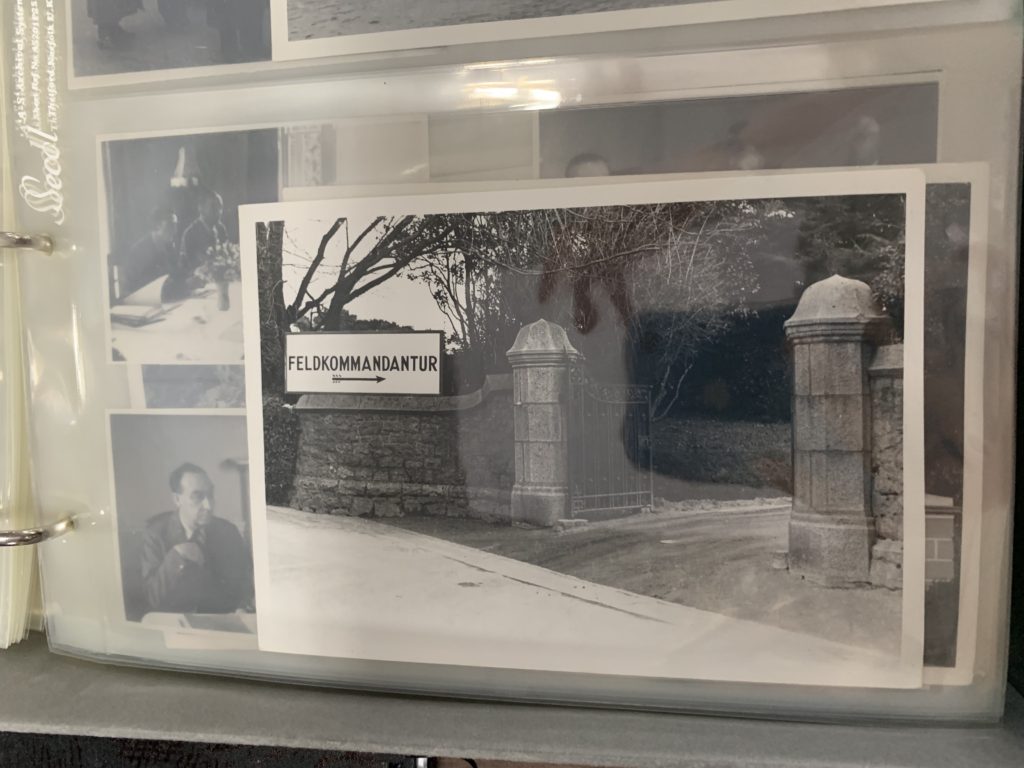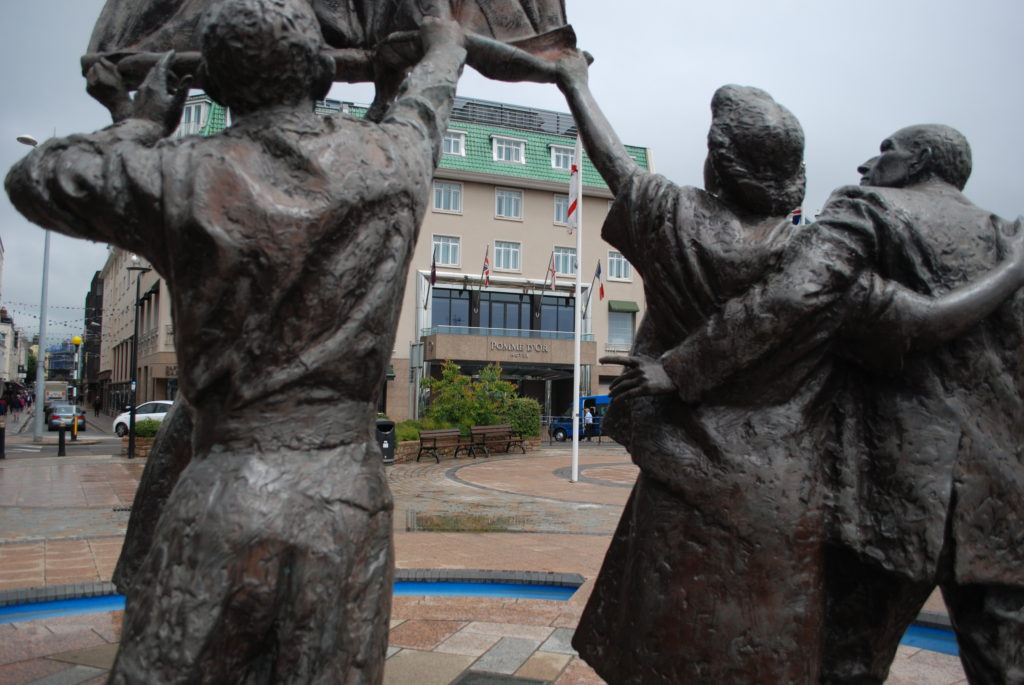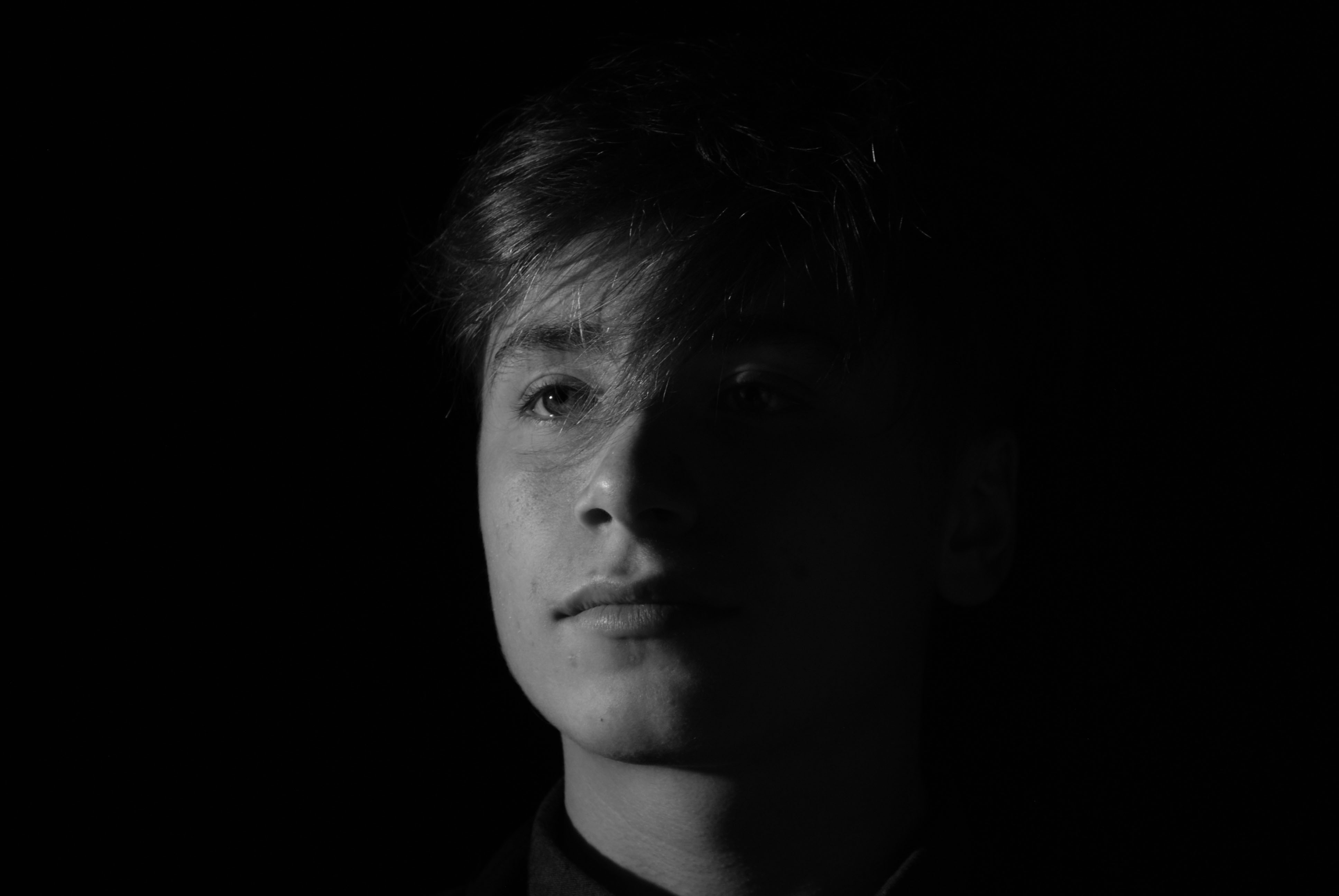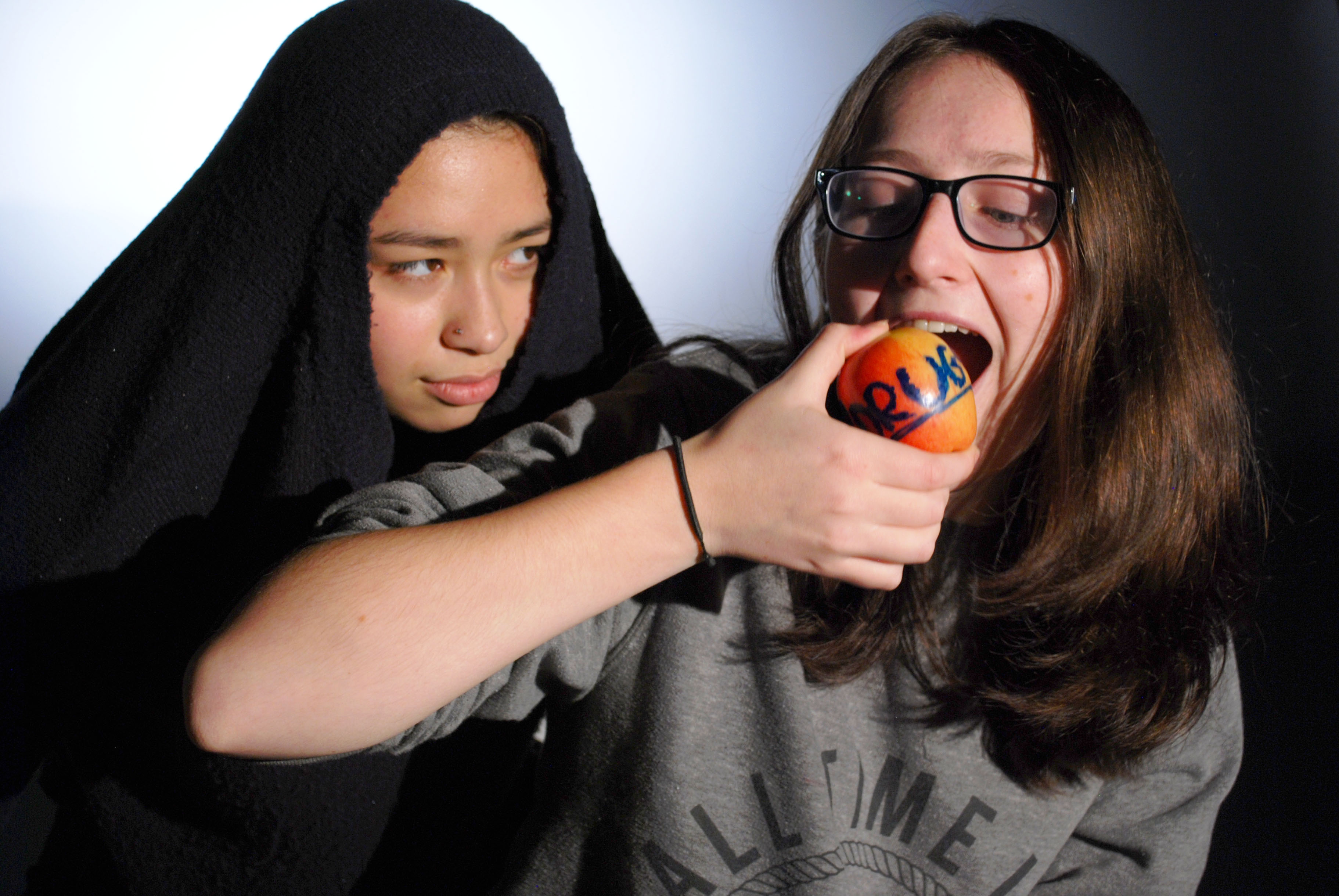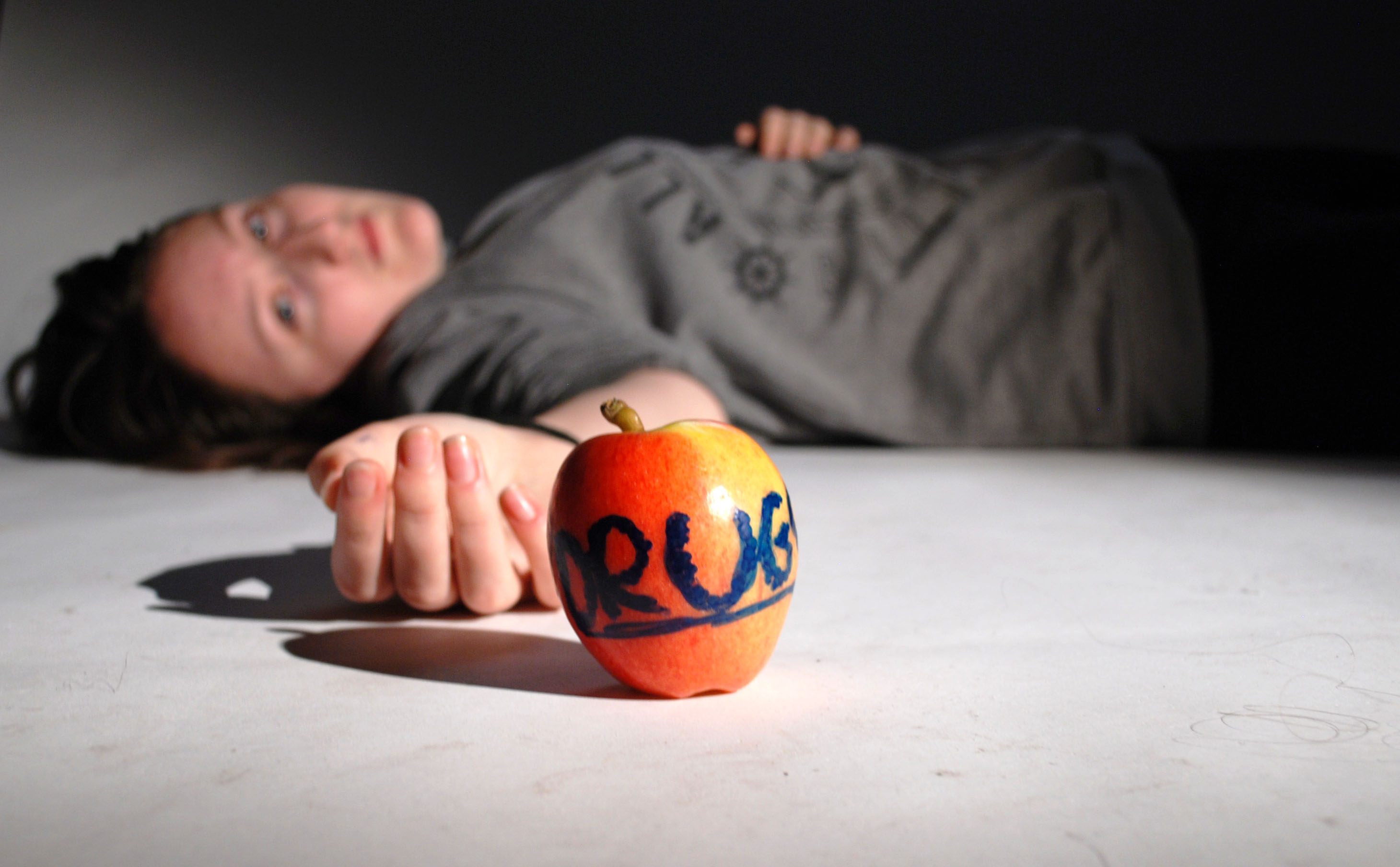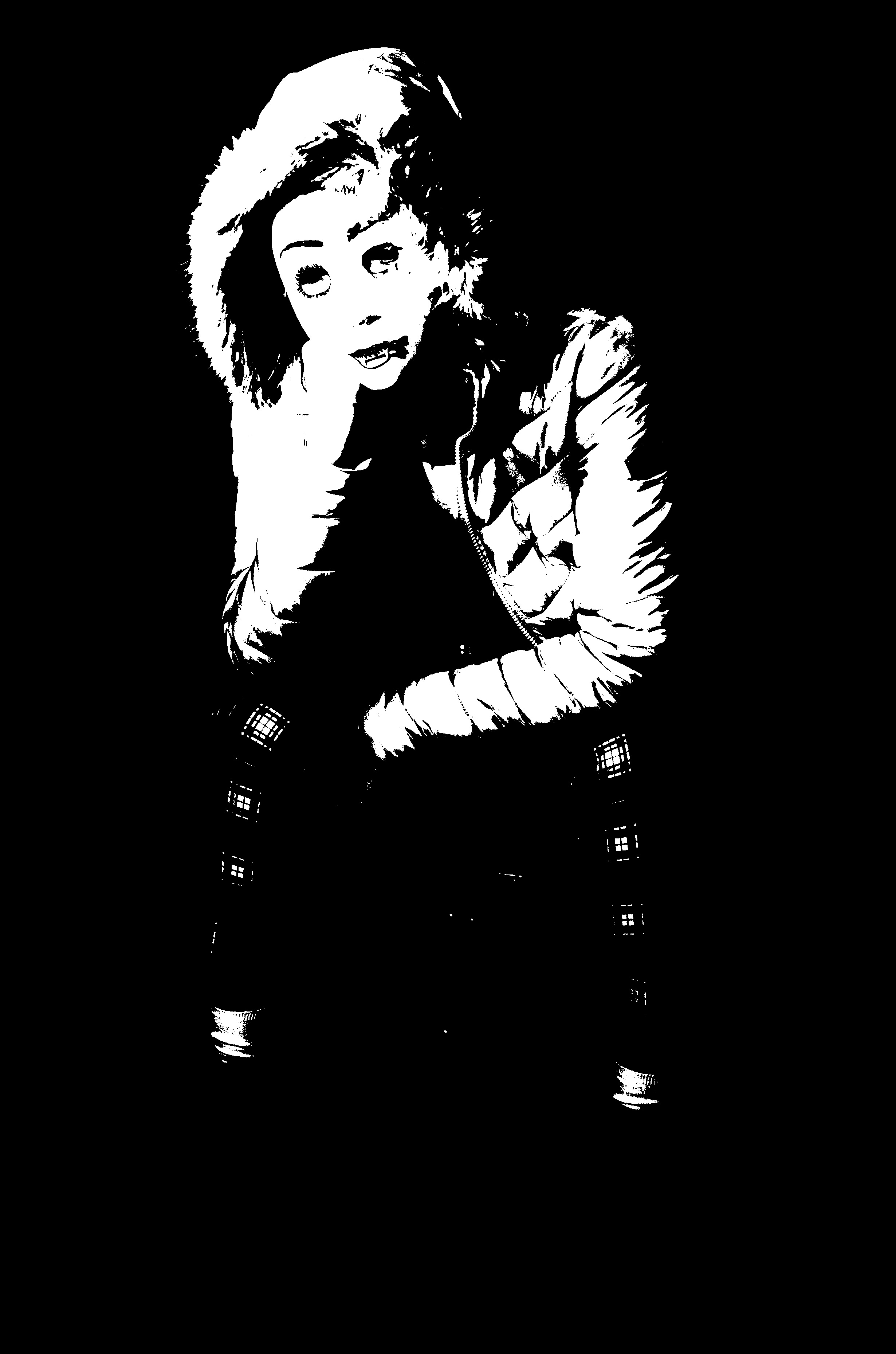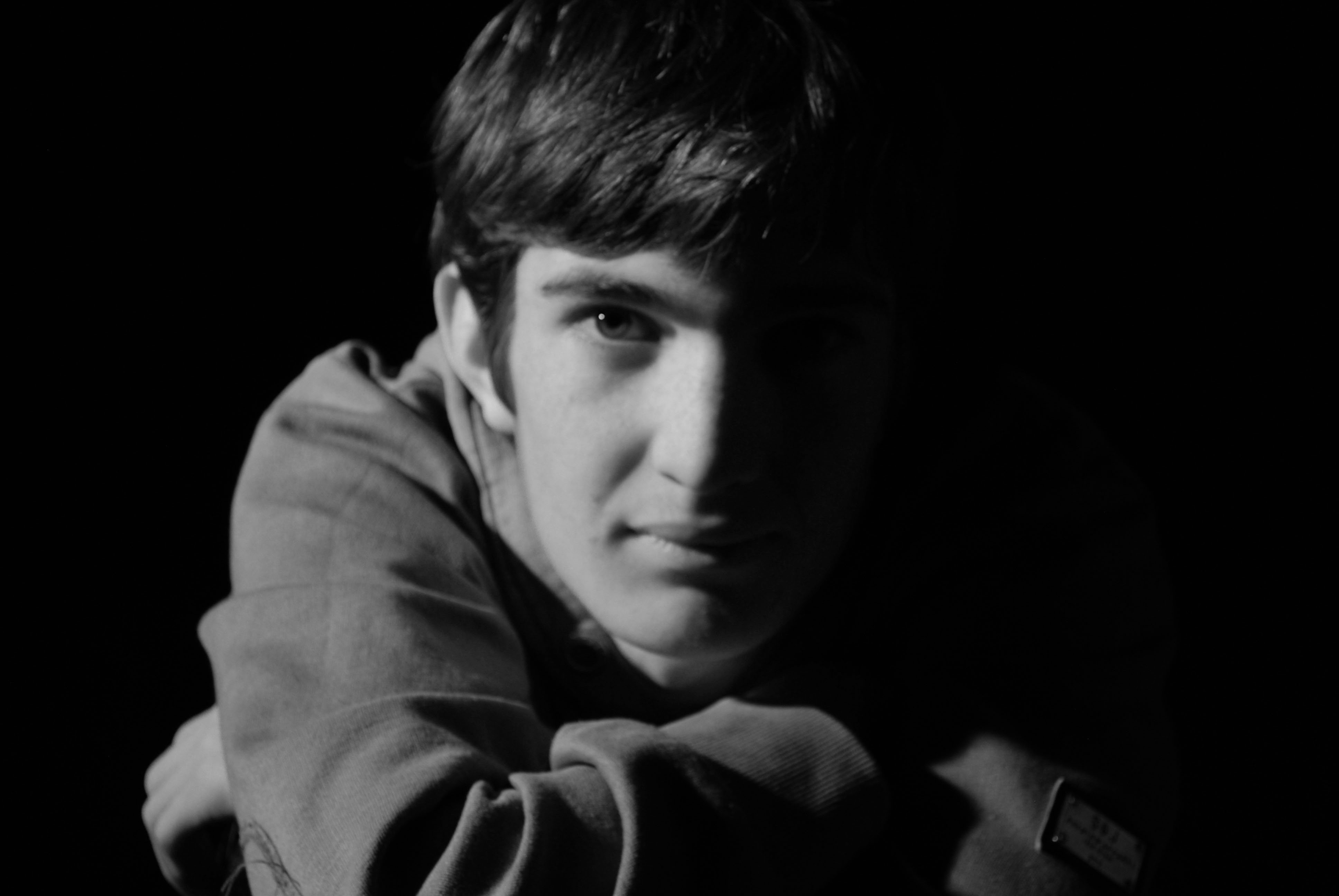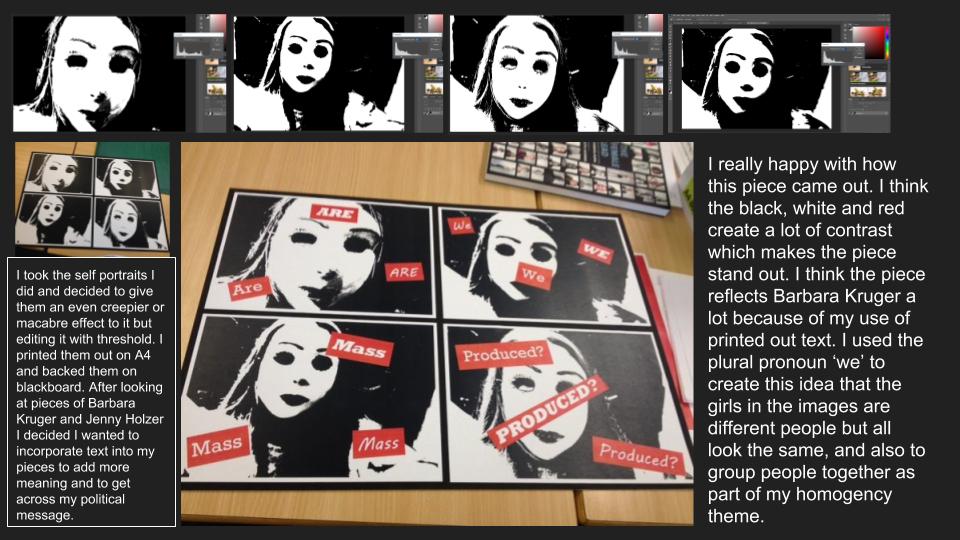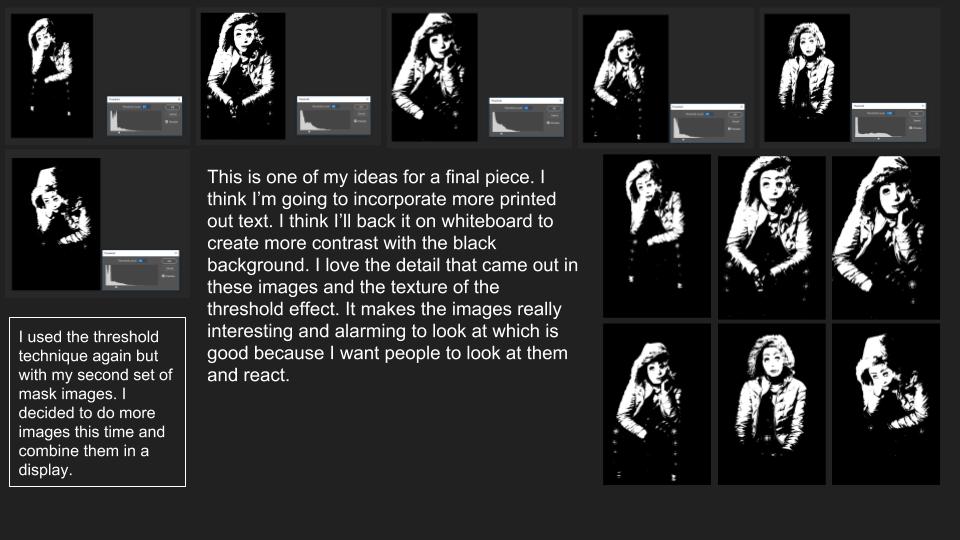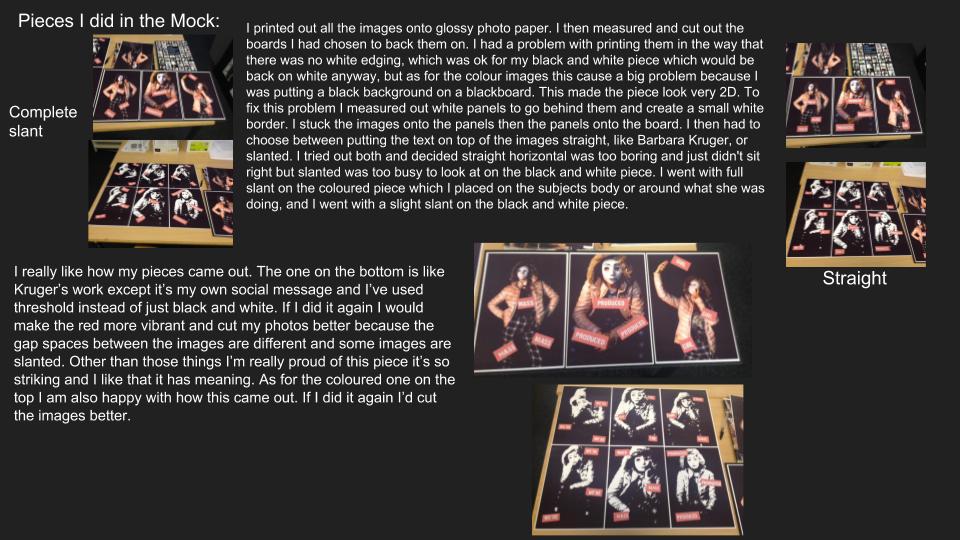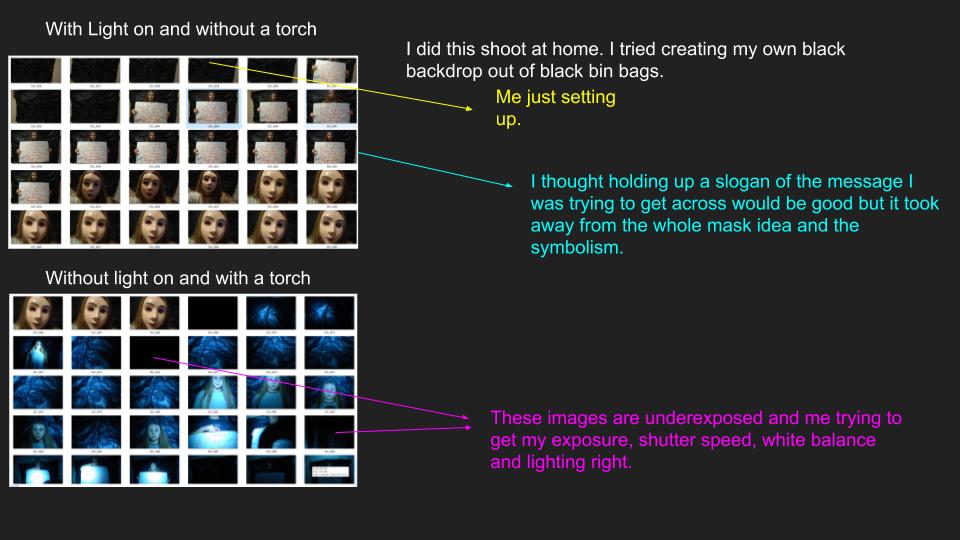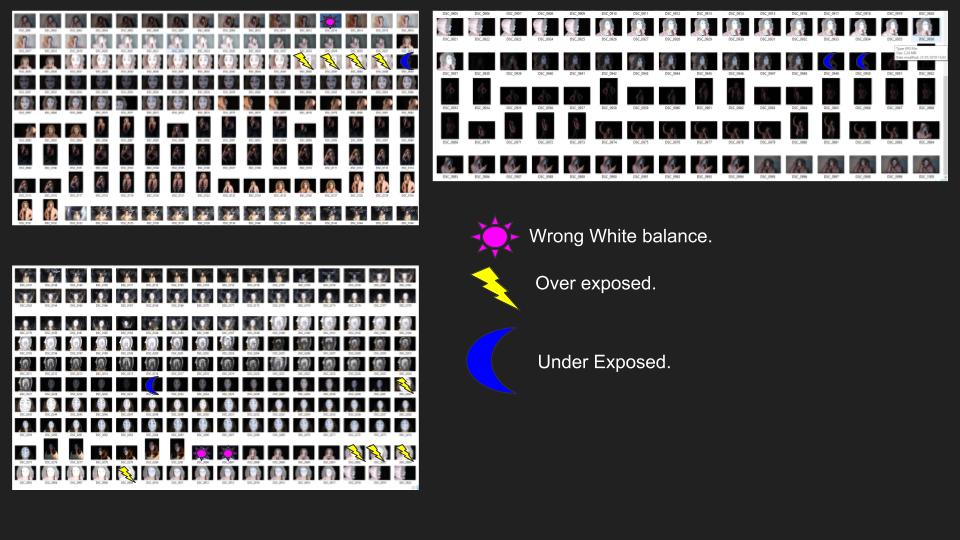The occupation of the channel Islands lasted for five years from the 30th of June 1940 till their liberation on 9th May 1945. The whole occupation received little resistance however, it almost ended in near starvation in the last winter. Both Guernsey and Jersey’s civil courts were allowed to operate. They did change the time zone from GMT to CET and the rule of the road was changed to driving on the right. They allowed certain types of entertainment to continue like cinema and theatre, their marching bands even performed from time to time. Lil Dagover, a famous German actress of the time, even visited German troops in Guernsey and Jersey in 1944.
However, there’s been a lot of debate about the amount of resistance the Channel Island had against the German Occupies. The majority of islanders believed that resistance would have been counterproductive and would result in punishment for everyone. There was some resistance. Islanders hide slaves and Jews in their homes and people broke the curfew to graffiti messagers against the Natzis. Radios were banned during the occupation period, a rule that many people broke and got punished for. However, many historians argue that the islands did not resist enough and were very Churchillian. A quote from ‘Living with the Enemy in German-occupied Channel Islands’ says “did not fight on the beaches, in the fields or in the streets. They did not commit suicide, and they did not kill any Germans. Instead they settled down, with few overt signs of resistance, to a hard, dull but relatively peaceful five years of occupation, in which more than half the population was working for the Germans.” But then again what else could the people do. Their fighters had gone off to war, the Germans were heavily armying the place and after seeing how the German’s treated the slaves they brought over no one would’ve wanted to oppose them in fear for their own lives.
Life under the Germans was difficult. Many lost their jobs and couldn’t find a new one under a non-German employer. Deportations began September 1942 so morale fell. Essential items like food and medicines along with fuel was very little quantity. This caused a lot of crime. The only thing that prevented the majority starving was the red cross packages in the final winter. There are even some cases of islanders sharing their parcels with starving Germans. The Germans also placed a lot of restrictions on the islands. There were restrictions on; more than three people meeting together, freedom of speech, fishing and countless other things. People were forced to accept; a curfew, cycling in a single file, the German language in schools and eventually accepting a job from a German employer. There was confiscation of radios, houses, animals and weapons.
The history of Jersey and the Occupation is now looked after by Societe Jersey and the Jersey archive. This includes a photo archive of the occupation including images taken by the Germans, plans of the bunkers and occupation cards. The purpose of an Archive is to preserve pieces of history so people can come and look at photos and documents from the past. In Societe Jersey you go and look through the archive boxes then request images in a digital format for a charge unless you’re a member. You can only handle the images with gloves and they are kept in acid proof boxes in order to persevere them for as long as possible. At the Jersey archive you can look and registers of birth, death and marriage of your ancestors and view related documents online where you can pay a small fee to get a copy of. Archives act as repositories of history and knowledge in the way that they contain images and documents of mundane life and how things were back then. You can look up your family and trace them back. They remind us of where we come from and give us a window to the past.
Societe Jersey was founded January 1873 by a small group of prominent islanders interested in history and preserving it for others. In 1893 they founded the Jersey Museum which is now looked after by the states but Societe Jersey can still put their collections in the museum. Their most important sites are La Hougue Bie, which they purchased in 1919, and La Cotte de Saint-Brélade. They have carried out massive excavations at those sites. There is an annual membership.
Jersey Archive was established in 1993. Their purpose is to manage, preserve and provide access to the past to the people of jersey. As of 2017 thousands of images from the Jersey Evening Post photographic archive are now available to view online. People who come to read material require a reader ticket and must wear gloves if it’s a really old document. These can be provided at the reception. However, you can also email them since they are on social media platforms. The archive helps provide information, settle legal disputes and show property ownership.
For me the experience of going down to Societe Jersey was useful because it gave us an idea about what life was like in the occupation and began to think about creating narratives. I personally learned there were two sides of the occupation. The side that should the German’s taking part in the community and being friendly, and the other which was the slaves and the arming the bunkers.



